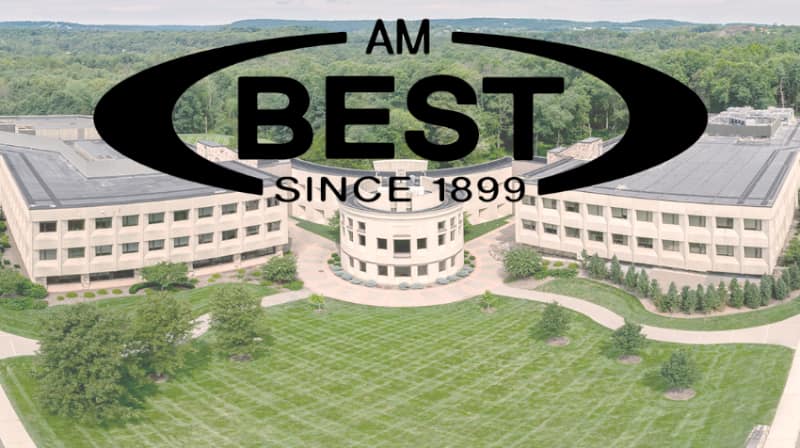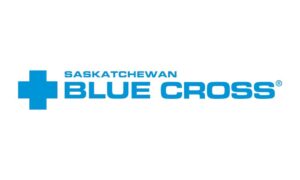ILS investors yet to get over “paltry” returns of recent years: AM Best

Investors in insurance-linked securities (ILS) still haven’t got over the years of “paltry” returns they’ve seen from the asset class since 2017, according to AM Best, but this is one driver for the continuation of the hard market, as well as the much improved coverage terms being agreed to in ILS contracts.
“Hard market conditions have helped the ILS market secure advantageous terms and conditions for both new and renewed programs,” the rating agency explained.
We went into some detail on this earlier recently, explaining how investors, in some cases, require greater clarity on the effects that term improvements are having on the return potential of portfolios in the ILS space.
Evidencing how the portfolio make-up and terms have changed, through the hardening of reinsurance, is one way to help investors in getting over the disappointment some have faced from previous year’s performance.
AM Best believes that, in reinsurance and ILS, “The persistently hard market indicates that ILS investors have not gotten over the sting of severe catastrophe losses averaging over USD100 billion from 2017 through 2022, during which investors’ returns were paltry, especially when considering the volatility in loss experience.”
Because of this, the focal point at recent reinsurance renewal negotiations have been focused on “rate adequacy, structural terms such as attachment and exhaustion levels, and the streamlining of contractual wording,” AM Best noted.
In order to adapt to the loss and inflationary environments, plus deal with hard reinsurance market conditions, “Cedents have had to undergo fundamental repricing and restructuring of their books of business (to the extent allowed by competition and regulators),” AM Best said.
Adding that, “To adapt to these changes, cedents were often compelled to raise their retention levels, streamline contractual language for clarity, enhance transparency about recent loss activity, and provide insights into their strategic portfolios and outlooks.”
With the rating agency concluding that, “Overall, the prevailing market conditions have enabled the ILS market to secure advantageous terms and conditions for both renewed and new programs, leading to a significant increase in yields for funds as well as catastrophe bonds.”
With these improved market conditions, AM Best notes that, within the industry, “optimism — however cautious — abounds.”
Highlighting the need for the US property catastrophe reinsurance market to “pull in more investors while maintaining pricing discipline,” to respond to the opportunity.
But, AM Best is not certain that higher performance alone will be sufficient to attract the capital in the quantities that the industry needs to see.
“Whether higher returns posted by the ILS asset class begin to attract additional capital remains an open question,” the rating agency said.
Adding, “Industry observers have noted that ILS investors are likely focused on other, more familiar asset classes that offer higher expected returns with greater liquidity and perhaps less volatility.”
While, “Some ILS investors may already be fully allocated in the ILS space; others may be satisfied with the income they generate from the risk-free rate, which is much higher than it was a couple years ago.”
All of which speaks to the need to clearly explain the opportunity to potential investors in ILS, including the improvements made to structures and terms, as well as how that can influence returns going forwards.
Something investors are now learning and the returns of recent months, for collateralized reinsurance, are now rekindling investor interest in some cases, although many are still happy on the sidelines as they wait to see how the market responds at the next renewals.
That renewal result is going to be critical for some investors, as they want to see resolve in both the traditional reinsurance and ILS markets, and any sign of a return to softening, or significant broadening of terms, is expected to be looked at unfavourably.
One only has to look at some of the metrics of ILS fund returns in 2023 (such as here and here) to realise that, for some investors, the time is now and the asset class is very attractive to them again.
As a result, managers are beginning to raise capital, despite the backdrop and hangover of recent years remaining a challenge.






